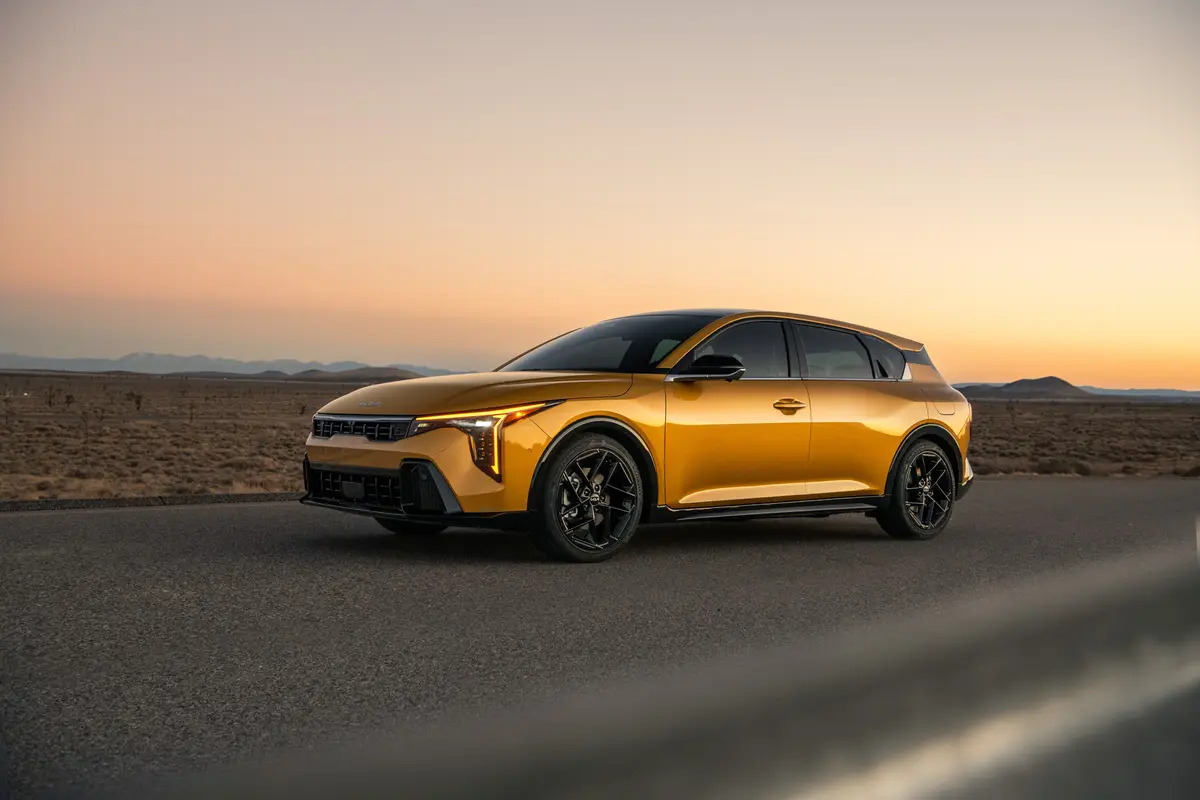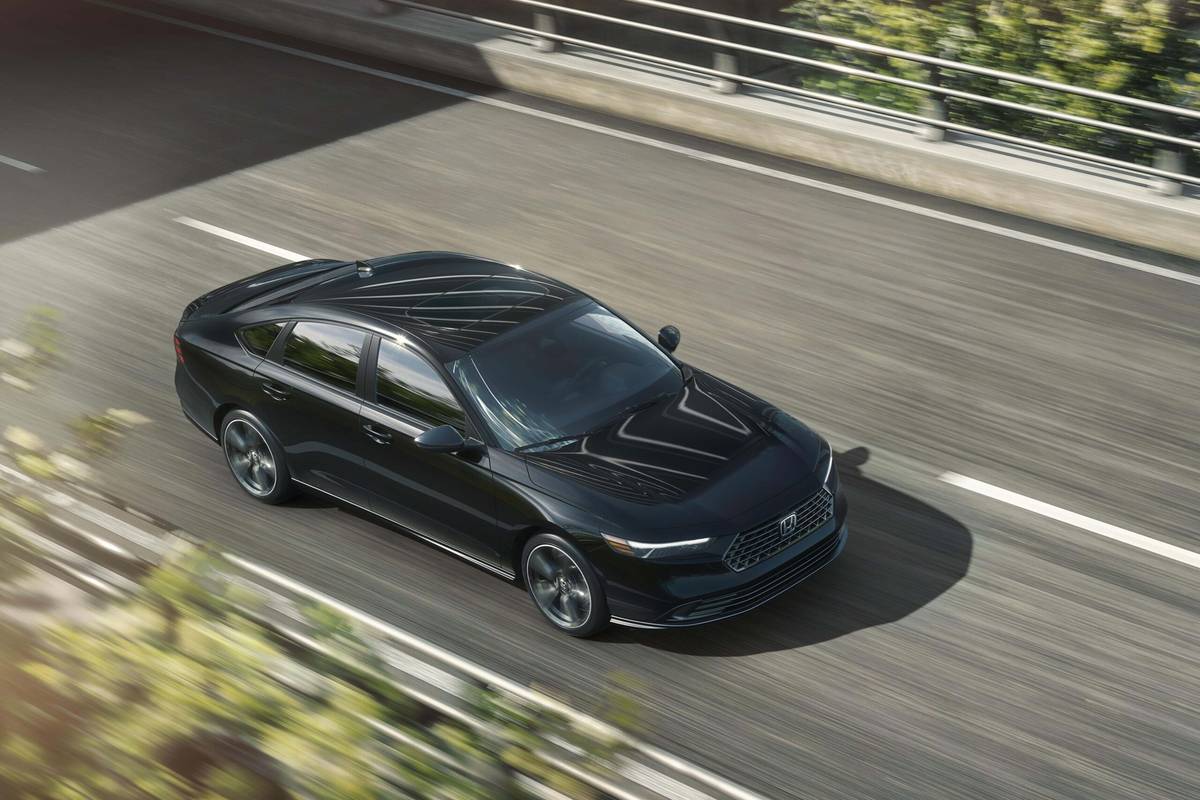The Morning Call and Mcall.com's view
Chevrolet offers more model lines than any other automobile manufacturer. With this in mind, does it need another nameplate? Well, apparently Chevrolet thinks so since it not only launched one but two models earlier this year.
And these two nameplates – Corsica and Beretta – aren’t just low production specialty cars but high volume appeal-across-the-board automobiles that Chevrolet expects to account for 500,000 sales a year. For reasons perhaps best knownto Chevrolet, the new models were introduced in January as 1988 models, which, if anything, means it is going to be a long first year run.
Right now, the two new front-wheel drive models are proving to be quite popular. One reason for this could possibly be that they resemble nothing else in the lineup. Also, these cars are exclusive to Chevrolet and have no counterparts in other General Motors Division, which in itself is rather unusual.
The Corsica test car – supplied by J.H. Bennett Chevrolet, 2300 Hanover Ave., Allentown – is the four-door sedan version of the new pair; the Beretta being a somewhat more sporty coupe. Although both of these cars have different names, they do share the same platform and have some other things in common. The most obvious difference, of course, is that one is a sedan and the other a coupe.
The styling of the Corsica has a definite aerodynamic look to it and, as mentioned, does not look like any other Chevrolet sedan. Touches include a low nose, small frontal area, raked windshield, flush glass, flush door handles, streamline side mirrors, composite headlamps and a large ”greenhouse.” (The effect of this large glass area goes beyond aesthetics, it also provides the driver with a generous perspective on surrounding traffic.) When all is said and done, the coefficient of drag for the Corsica is 0.329, which makes it among the lowest of any production vehicle in this country.
Basic dimensions include a wheelbase of 103.4 inches; length, 183.4 inches; width, 68 inches; height, 52.7 inches, and curb weight, 2,750 pounds. Dimensionally, the Corsica is positioned midway between the Chevrolet Cavalier and Celebrity sedans with a body width about equal to Celebrity. EPA rates the Corsica’s volume index at 110 cubic feet (96 interior, 14 storage) which either makes it a very large compact (index volume of 100 to 110 cubic feet) or a very small midsize (110 to 120 cubic feet).
So, not surprisingly, passenger room is quite good. There is comfortable seating for five. Even with the front seats extended fully rearward, backseat passengers will have leg room. Helping out here is a unique new tri-mount front bucket seat design that provides plenty of space behind for rear seat passengers to stretch their legs. The test car’s front seats also featured a manual height adjuster. The 14-cubic foot trunk has a flat floor (made possible because of the front-wheel drive) that can hold a fair amount of cargo if properly packed. The Corsica also features a unique trunk kit that is lighter and easier to handle than past designs. The head of the jack slots neatly into special notches on the rocker flange, and lug nuts can be removed and tightened using a new, easy-to-use reversible ratchet.
A look under the hood reveals a tidy and functional powertrain compartment. Some thought, obviously, was given to serviceability and routine maintenance. Fluid levels are clearly labeled and easy to reach. A combined windshield washer fluid/coolant recovery bottle is well marked and in plain view on the right side of the engine. For engine oil checks and fillings, the dipstick and filler cap are located in the front of the engine compartment where they are easy to reach. The power steering reservoir is clearly labeled and sits atop the engine at the rear of the compartment. Access to the air cleaner is quick and tool-free.
Serviceability on the new Corsi a is not confined to the engine compartment. Replacing a fuse is really a snap. No need to kneel or crawl under the dash or lean over a hot engine. The fuse panel is on the left side of the instrument panel and is in clear reach and sight with the driver’s door open. Just pop the cover and replace the fuse.
Another easy to service unit is the new quad composite halogen headlamps. No tools are needed to replace the bulb; just turn two lock tabs in the cover above the headlamp and fold the cover back. Also, a special hard coating on the headlamp lens provides protection against damage from flying stones.
The instrument panel itself and controls are also easy to read and use and don’t need any interpreting for those driving the car for the first time. The test car was equipped with the optional gauge package, which provided a sporty look. This is a definite option for the driving enthusiast.
The test car was equipped with the optional 2.8-liter/173-cubic-inch V-6. This engine not only runs well, but with its brushed aluminum valve covers and bright work, looks impressive. (The use of aluminum in the plenum, heads, front cover and brackets contribute to a weight savings of 35 pounds.) An interesting feature about this engine is that it only has one drive belt. Modeled after the design on the Corvette, the single serpentine belt system drives all systems. Rated for 100,000 miles, the belt includes an automatic tensioner that maintains the proper belt tension throughout the life of the vehicle.
With 125 horsepower at 4,500 rpm and 160 foot pounds torque at 3,600 rpm, performance is quite good. The test car was equipped with the optional three- speed automatic transmission, which worked quite well and didn’t appear to hinder the engine’s power. Driving enthusiasts, though, would probably prefer the five-speed manual transmission, which is standard equipment. Probably not helping performance but certainly sounding like it does is the engine’s single exhaust system with a Y-type manifold crossover and two outlets. Tromp on the accelerator and it gives out a bit of a roar.
Fuel mileage on the test car averaged 17 miles per gallon for city driving and 27 mpg over the highways.
The standard powertrain in the Corsica is a 2-liter/121-cubic-inch four cylinder engine and a five-speed manual transmission (a three-speed automatic available as an option). The engine is rated at 90 horsepower at 5,600 rpm and 108 foot pounds torque at 3,200 rpm.
The test car proved to be one of those cars that anyone could jump in an drive. Absolutely no need to point anything out. The characteristic torque steer associated with most front-wheel drive cars has been reduced on the Corsica because the engine is mounted lower in the chassis. Also, the lower engine produces a quieter ride. All-in-all, easy to drive, easy to take.
Base price for the Corsica is $8,995. In addition to a n ice level of trim and appointments, standard equipment includes power steering, power brakes, AM radio, all-season steel-belted radials and dual outside mirrors. The test car had options totaling $4,147 and a destination charge of $400 for a bottom line of $13,542. Obviously, it was a very well equipped car.
The most expensive option was ”option package No. 4” at $2,157 and included air-conditioning, tinted glass, floor mats, power door locks, intermittent wipers, speed control, electronic AM-FM stereo, power windows and power trunk release. Other options included: the V-6 engine, $660; automatic transmission, $490; custom cloth seats, $275; two-tone paint, $123; aluminum wheels, $199; 195/70R14 tires, $104, and gauge package including tachometer, $139.
Latest news



